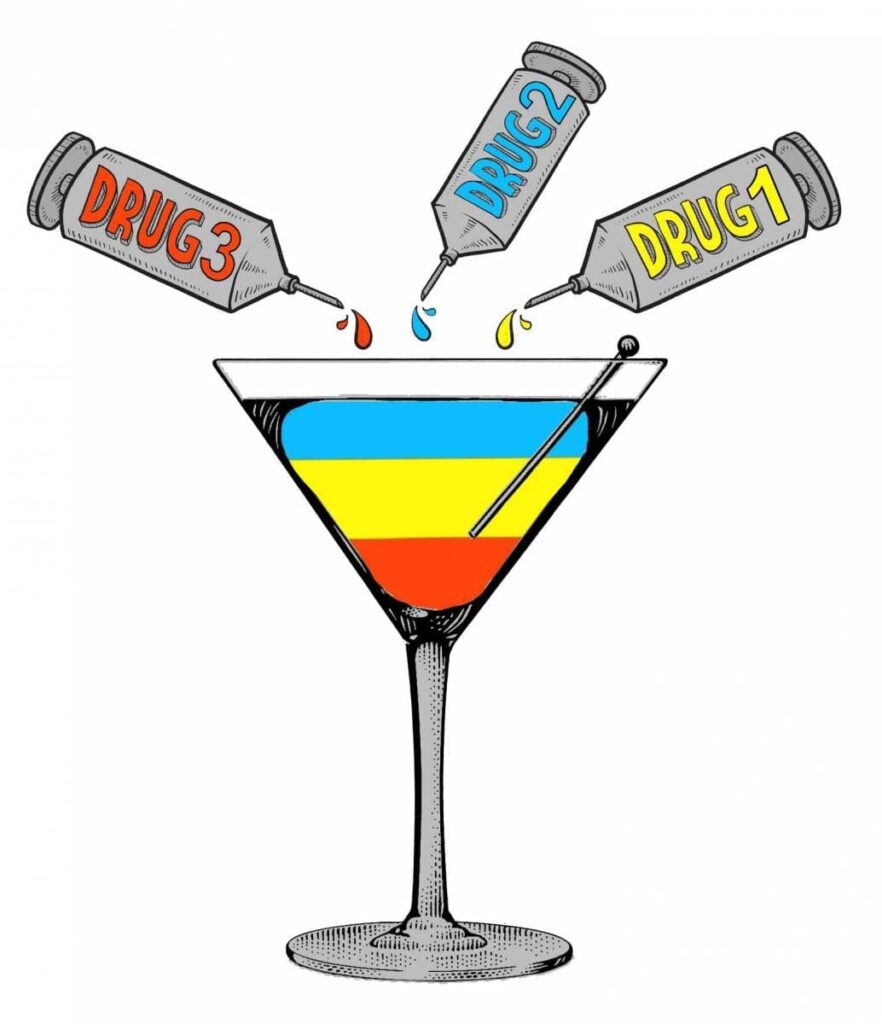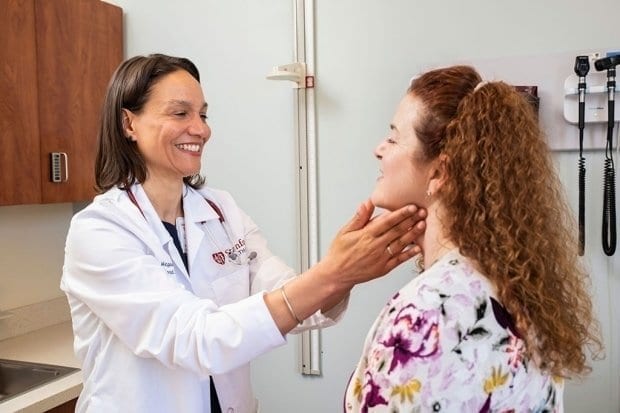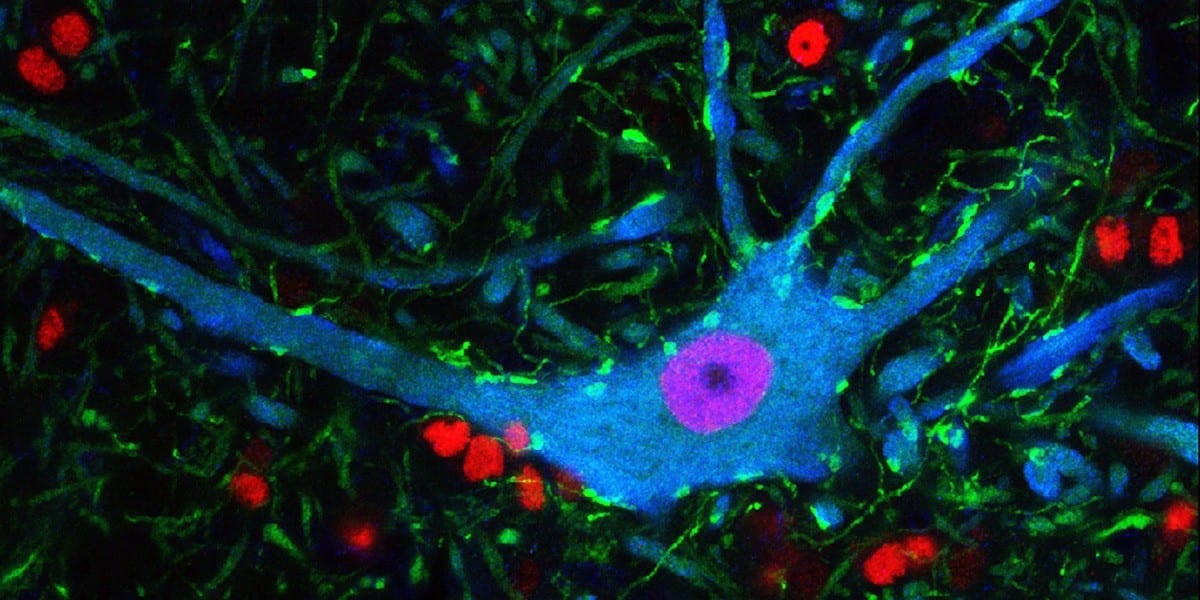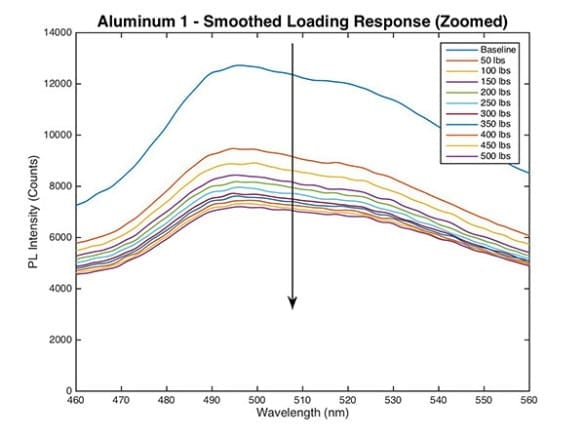
Synopsis:
A new model can predict drug interactions and side effects even between a large number of components
Drug cocktails such as those for treating cancer, like the alcoholic versions offered at the local bar, are best when the proper ingredients are mixed in the right proportions.
Like the cocktails we normally drink, the combination of ingredients can be better than the sum of its parts – or it can leave us with unwanted side effects.
A new model developed in the group of Prof. Uri Alon of the Weizmann Institute of Science’s Molecular Cell Biology Department can simplify the process of identifying the optimal blends for drug cocktails – even when a large number of ingredients is called for.
Drug cocktails – both antibiotic and anti-cancer – are increasingly used, among other things, because simultaneously attacking pathogenic cells with several different methods can reduce the risk of drug resistance.
Doctors and pharmaceutical companies are interested in the advance of drug “Mixology” because it can help create novel applications for existing drugs, since new ones are costly to develop and slow to reach the market.
Adding drugs together does not generally result just in the sum of their effects.
One drug can alert mechanisms in a cell that pump the other drugs out of the cell, thus changing the dose at which the other drugs will be effective.
Conversely, side effects can add up, so researchers often want to identify the lowest possible dose of any given drug.
With typically four or more drugs added together in chemotherapy cocktails, the number of possible combinations and doses is astronomical: It would be impossible to test them all to arrive at the optimal mix.
Because of the combinatorial explosion problem, say research students Anat Zimmer and Itay Katzir, who led the study, drug cocktails are often concocted without any good way of predicting the end result.
Their method requires only a small number of measurements on drug pairs.
The tests are conducted on human cancer cells or bacteria grown in lab dishes.
The group tested each drug – separately and in pairs – to understand the effects at several different doses.
This enabled the researchers to determine how drug A affects the actions of B, and vice versa, and the new mathematical model the group developed was then extrapolated to predict the interactions among three, four and more drugs in combination.
Further testing showed that the model performs better than existing methods of dealing with the combinatorial explosion problem.
Thus researchers using the model would not need to test every possible combination to arrive at the optimal doses in drug cocktails.
“There is an urgent demand for methods that can predict how drug cocktails will work,” says Katzir.
“This model may take much of the expensive guesswork out of the process of developing such cocktails.”
“The model might prove especially useful for personalized medicine – for example, in cancer – because each tumor can react differently to the same drugs,” adds Zimmer.
“It provides a way to mix that perfect cocktail without having to try out all of the possible combinations.”
Learn more: How to Mix the Perfect Cocktail
[osd_subscribe categories=’drug-interaction’ placeholder=’Email Address’ button_text=’Subscribe Now for any new posts on the topic “DRUG INTERACTION”‘]
Receive an email update when we add a new DRUG INTERACTION article.
The Latest on: Drug interaction
[google_news title=”” keyword=”drug interaction” num_posts=”10″ blurb_length=”0″ show_thumb=”left”]
via Google News
The Latest on: Drug interaction
- Drug-Drug Interactions With Glucagon-like Peptide-1 Receptor Agonistson April 26, 2024 at 5:00 pm
Objective: To review drug interaction studies of glucagon-like peptide-1 receptor agonists (GLP-1RAs) and concurrent oral medications. Data Sources: PubMed was searched (to December 5, 2011 ...
- Revealing Protein-Ligand Interactions Using AI Enables Drug Discoveryon April 26, 2024 at 7:34 am
Researchers developed a method to assess the ability of small molecules to bind to hundreds of human proteins using AI and ML.
- Dr. Roach: Eye drops safe to use with AMD medicationon April 25, 2024 at 9:02 am
Dear C.H.: Eylea is used to treat several cancers as well as the “wet” form of AMD. Eylea works by preventing the formation of new blood vessels and blocking a compound called the vascular endothelial ...
- How Common Are Drug and Gene Interactions?on April 24, 2024 at 5:00 pm
Aim: Drug–drug interactions (DDIs) are a widely recognized major cause of adverse drug reactions, but two other newly described important types of interactions also exist: drug–gene ...
- Professional Faqs: Are There Drug Interactions With Apple Cider Vinegar?on April 16, 2024 at 2:28 pm
Expert opinion from Ledyan Ledyan Master's degree Medicinal plants and functional food/Bachelor's degree Nutrition · 4 years of experience · Indonesia Apple cider vinegar is made from fermented apple ...
- Remicade interactions: Alcohol, medications, and other factorson April 11, 2024 at 5:00 pm
Remicade has interactions with some other drugs and certain vaccines. Examples include anakinra (Kineret) and the vaccine for measles, mumps, and rubella. Remicade is prescribed for the following ...
- Xtandi Interactions: Alcohol, Medications, and Otherson April 7, 2024 at 5:00 pm
Xtandi (enzalutamide) is a prescription drug used to treat prostate cancer in certain adults. It comes as an oral tablet and oral capsule. Xtandi can interact with certain supplements and ...
- Erleada interactions: Alcohol, medications, and other factorson April 1, 2024 at 5:00 pm
Erleada has interactions with some other drugs. Examples include clarithromycin and warfarin (Jantoven). An interaction occurs when one substance causes another substance to have a different ...
- Drugs Interaction Checkeron January 22, 2024 at 8:45 pm
When that happens, it's called a drug interaction. It could make your medication stop working, become less effective, or too strong. It could also trigger side effects. The more you learn about ...
via Bing News





